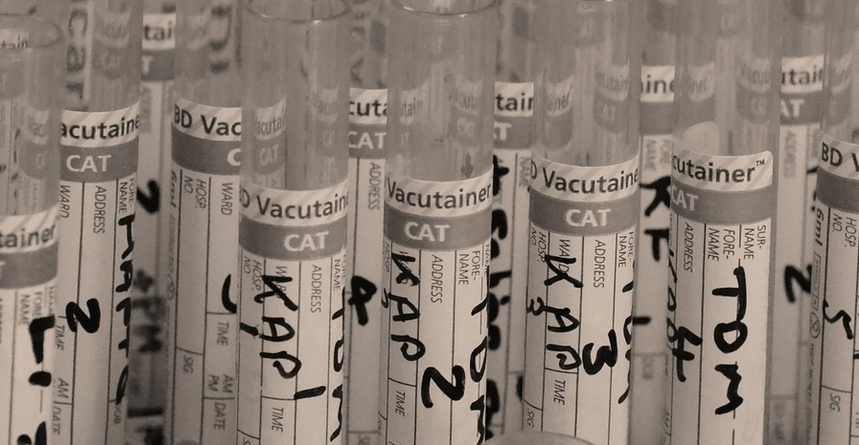Introduction
Alcohol testing is a common procedure used to assess an individual’s level of alcohol consumption. It can be conducted in various forms, including breath, blood, and urine tests. Urine tests are often used as a cost-effective and non-invasive method to detect alcohol consumption. This article will discuss how alcohol is detected in urine tests.
How Alcohol is Metabolized in the Body
When alcohol is consumed, it is quickly absorbed into the bloodstream and transported to various organs, including the liver. The liver is responsible for breaking down alcohol into acetaldehyde, a toxic substance that is then converted into acetate, which is harmless and is excreted by the body.
How Alcohol is Detected in Urine
When alcohol is metabolized, it is broken down into various metabolites, including ethyl glucuronide (EtG) and ethyl sulfate (EtS). These metabolites are detectable in urine for up to 80 hours after alcohol consumption.
Factors Affecting Alcohol Detection in Urine Tests
Several factors can affect the accuracy of alcohol detection in urine tests. These include the amount and frequency of alcohol consumption, the time elapsed since the last drink, and the individual’s metabolism and overall health.
Types of Urine Alcohol Tests
There are two types of urine alcohol tests: the EtG test and the EtS test. The EtG test is more commonly used and can detect alcohol consumption up to 80 hours after the last drink. The EtS test is less commonly used and can detect alcohol consumption up to 36 hours after the last drink.
Limitations of Urine Alcohol Tests
Although urine alcohol tests are a cost-effective and non-invasive method of detecting alcohol consumption, they have limitations. These tests can detect the presence of alcohol metabolites but cannot determine the amount of alcohol consumed. Additionally, false positives can occur if an individual is exposed to alcohol-containing products, such as hand sanitizer or mouthwash.
Conclusion
Urine tests are a commonly used method to detect alcohol consumption. When alcohol is metabolized, it is broken down into various metabolites, including EtG and EtS, which are detectable in urine for up to 80 hours after consumption. Although these tests have limitations, they can provide valuable information in assessing an individual’s alcohol consumption.

